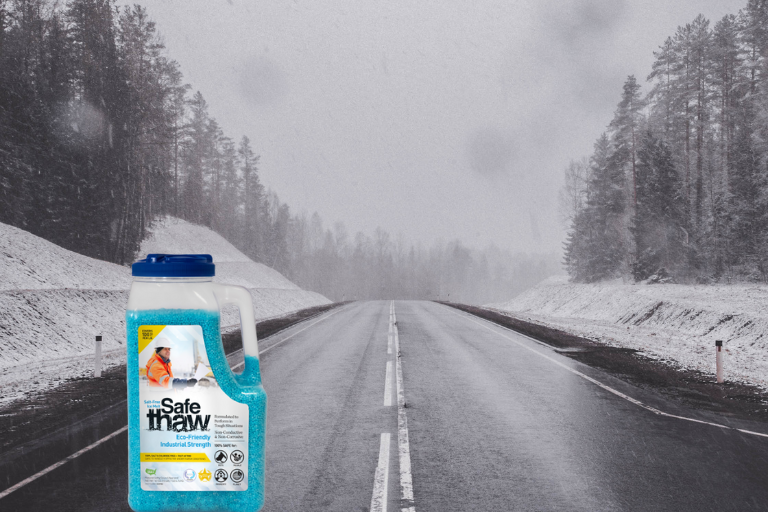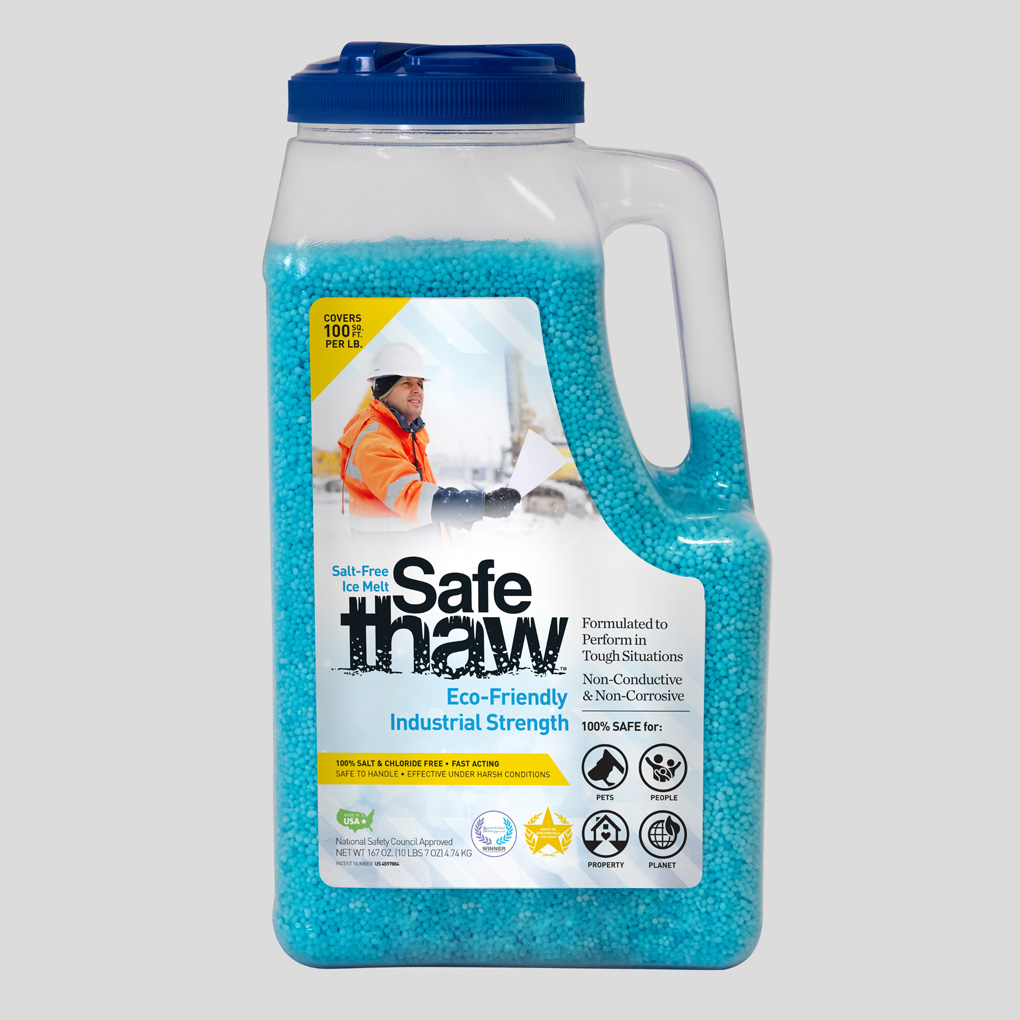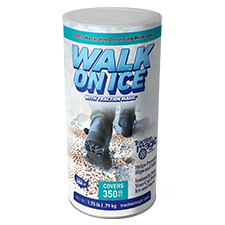A Concrete Dilemma: Is It Too Cold For Your Pouring Plans?

Standing on your property, with a clear vision of that desired patio or expanded driveway, winter’s chilly embrace can raise an essential question: at what temperature is too cold to pour concrete? You’re not alone in this quandary, so let’s navigate these icy waters together.

Safe Thaw
Safe Thaw was created as the ice management solution for tough winter environments. Ideal in commercial and industrial properties, shops, government agencies, bridges, and construction.
Understanding Concrete In Wintry Temperatures
When it comes to determining what temperature is too cold to pour concrete, it’s essential to understand concrete’s temperament. Like a fine wine that needs the right conditions, concrete requires optimal temperatures. The general consensus? If it’s below 40°F, you might want to rethink your concrete endeavors.
Cold Weather Conundrums: Why Temperature Matters
Pouring concrete isn’t just a matter of mix and set; the temperature plays a pivotal role. So, exactly at what temperature can you pour concrete? Let’s dive into the frosty facts:
- Delayed Set Times: When temperatures drop, concrete takes its sweet time setting. If you’re attempting to pour at a temperature too cold to pour concrete, you’ll be playing the waiting game.
- Brittle Builds: Cold can cause the water in the mix to freeze, leading to a weak structure. This isn’t the sturdy foundation you had in mind!
- Surface Setbacks: Freezing temperatures can give the concrete surface a flaky, dusty, or scaled appearance. So, if you’re wondering at what temperature you can pour concrete without these issues, aim for warmer than 40°F.
Navigating The Cold: Tips For Pouring In Less-Than-Ideal Temperatures
If you’re in a hurry or have a deadline to meet, waiting for the thermometer to rise might not be an option. In situations where the temperature is too cold to pour concrete but you need to proceed, consider the following:
- Insulating Blankets: These wonders trap heat and ensure a smooth curing process.
- Warm Water in the Mix: If you’re pouring close to the temperature too cold to pour concrete, using warm water can speed up the setting time and provide a stronger cure.
- Heated Enclosures: Think of these as protective bubbles that keep your concrete cozy and shielded from harsh winds.
Protecting Your Fresh Concrete From Winter’s Wrath
Once your concrete is beautifully set, it’s vital to protect it from the elements. If snow graces your new driveway, resist the urge to toss salt everywhere. Instead, reach for Safe Thaw. This granular ice melt is optimized for concrete surfaces, offering an effective yet gentle solution. It’s chemical and toxin-free, ensuring you won’t swap ice for unsightly patches.
100% salt & chloride-free, fast acting Ice Management Solution
Final Thoughts: Temperature And Timing
Determining what temperature is too cold to pour concrete might seem tricky, but with the right insights and tools, you can master the winter pour. And remember, when winter challenges arise, Safe Thaw is your concrete’s best friend.
Pour wisely and stay toasty!
Try Also Our Other Winter Safety Products:
Safe Paw
The Original and #1 Selling Pet and Child Safe Ice Melt for over 20 years. Guaranteed environmentally safe –It won’t harm animals or children, and it won’t damage your property. That’s Safe Paw. Safe Paw can change how winter affects our planet.

Walk On Ice
The handy disposable canister can be taken everywhere, with the same 100% naturally occurring minerals that provide instant traction on ice or snow. Use it on sidewalks, steps, or as an instant traction agent for your car.



